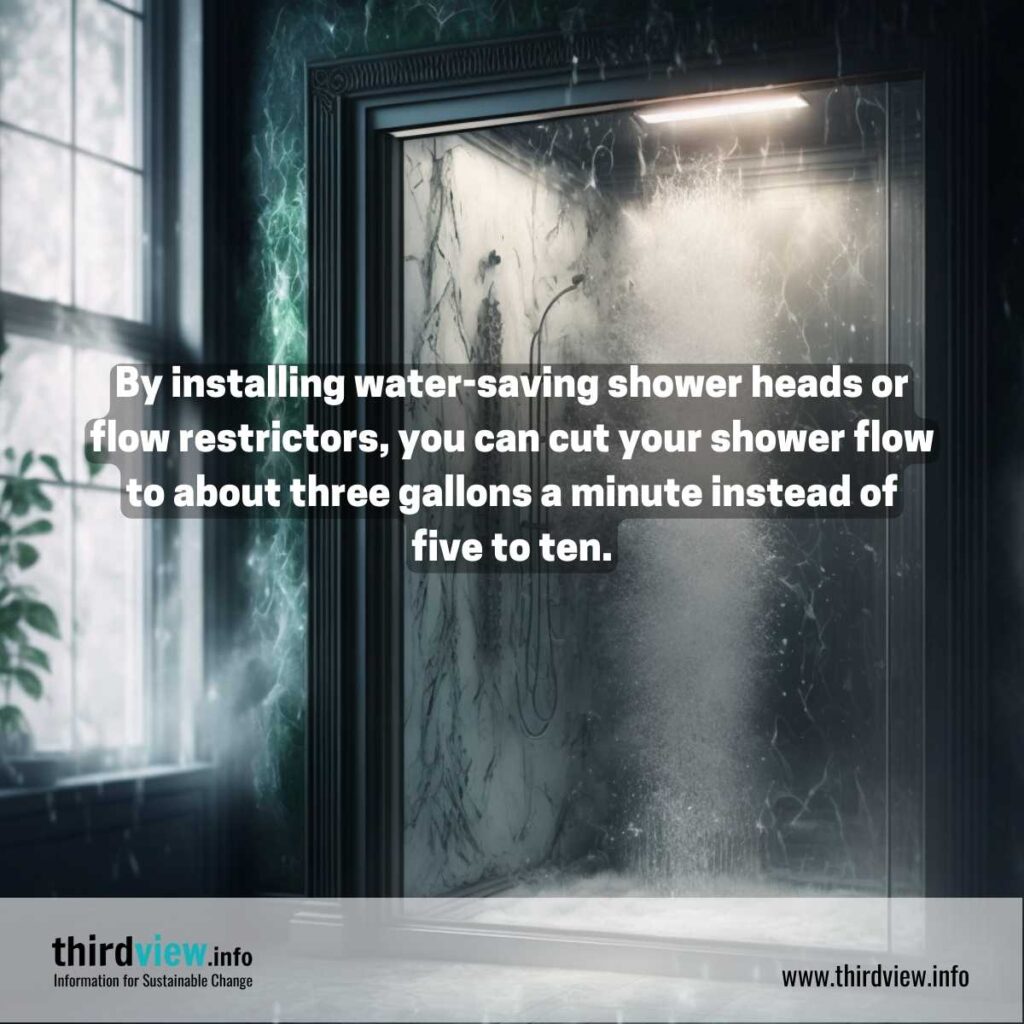Some Known Facts About Reclaim Waste.
Table of ContentsThe Of Reclaim WasteIndicators on Reclaim Waste You Should KnowThe Buzz on Reclaim Waste4 Simple Techniques For Reclaim WasteSome Known Incorrect Statements About Reclaim Waste
Residential sewage waste refers to the waste and products from a property septic tank. The appropriate management and disposal of domestic sewer waste call for fluid waste to be transferred to a sewer therapy plant where the correct methods and tools are used to cleanse and dispose of waste.
Industrial waste typically consists of prospective threats, such as flammable products or a mixture of liquid and solid waste items, and requires a much more innovative and comprehensive disposal procedure. The disposal of business waste generally entails the filtration of waste before transportation to make sure safe and appropriate disposal. Hazardous waste is created from by-products and runoff of industrial processes and production.
This sort of waste can not use the same sewage monitoring transport or procedures as septic or business fluids. The hazardous waste administration procedure calls for the inspection and testing of liquid waste before it undergoes the disposal process (liquid waste disposal). Overflow waste is the fluid waste that originates from drainage and excess stormwater in highly populated areas or cities
Drainage waste can trigger contamination and flooding if not handled effectively. Making certain appropriate waste management can protect against calamities and minimize ecological harm.
The Best Guide To Reclaim Waste
Call PROS Services today to learn more about our waste administration and disposal solutions and the proper ways to look after the liquid waste you generate.
(http://www.askmap.net/location/7161699/australia/reclaim-waste)Do you know what takes place to your water when you end, purge the bathroom or drain the cleaning equipment? No? Well, it's worth knowing. This so-called 'wastewater' is not only an important source however, after treatment, will certainly be launched to our land, rivers or the ocean. Used water from commodes, showers, baths, cooking area sinks, laundries and commercial processes is called wastewater.

water used to cool down machinery or clean plant and tools). Stormwater, a form of wastewater, is overflow that streams from farming and urban locations such as roofings, parks, gardens, roads, courses and gutters right into stormwater drains, after rain. Stormwater flows without treatment straight to local creeks or rivers, ultimately getting to the ocean.
See This Report about Reclaim Waste
In Queensland, most wastewater is treated at sewer therapy plants. Wastewater is transferred from domestic or commercial sites through a system of sewers and pump terminals, recognized as sewage reticulation, to a sewer therapy plant.
The Department of Natural Resources recommends regional governments about handling, operating and keeping sewage systems and treatment plants. In unsewered locations, city governments might require homeowners to set up private or family sewer treatment systems to treat domestic wastewater from commodes, kitchens, washrooms and laundries. The Division of Natural Resources authorizes the use of house systems when they are confirmed to be effective.
The majority of stormwater gets no therapy. In some new neighborhoods, therapy of some stormwater to get rid of litter, sand and crushed rock has started utilizing gross contaminant catches. Wastewater therapy occurs in four stages: Gets rid of strong matter. Larger solids, such as plastics and other objects mistakenly discharged to sewers, are removed when wastewater is gone through screens.
Wastewater then moves right into huge storage tanks where solids work out and are eliminated as sludge. Oil and scum are skimmed from the surface. Utilizes little living organisms called micro-organisms to break down and remove remaining liquified wastes and great particles. Micro-organisms and wastes are incorporated in the sludge. Removes nitrogen and phosphorus nutrients that can trigger algal blossoms in our rivers and endanger aquatic life.
The Ultimate Guide To Reclaim Waste
Nutrient removal is not available in all sewage therapy plants due to the fact that it requires expensive specialised devices. It is coming to be extra usual in Queensland. Clear fluid effluent generated after therapy may still have disease-causing micro-organisms. If this effluent is launched right into rivers such as rivers or the sea, the micro-organisms will eventually pass away out.

This generally implies wastewater has to be dealt with or impurities gotten rid of before it can be released to rivers. Many wastewater streams right into the sewerage system. Under the Act, city governments carry out approvals and licences for eco relevant activities (ERAs) entailing wastewater releases that might have a regional effect. The department carries out approvals and licences to ERAs involving wastewater launches that might have a local or statewide effect.
How Reclaim Waste can Save You Time, Stress, and Money.
Tracking gives factual info about water high quality and can validate that permit problems are being fulfilled. The details obtained through monitoring gives the basis for making water quality choices.